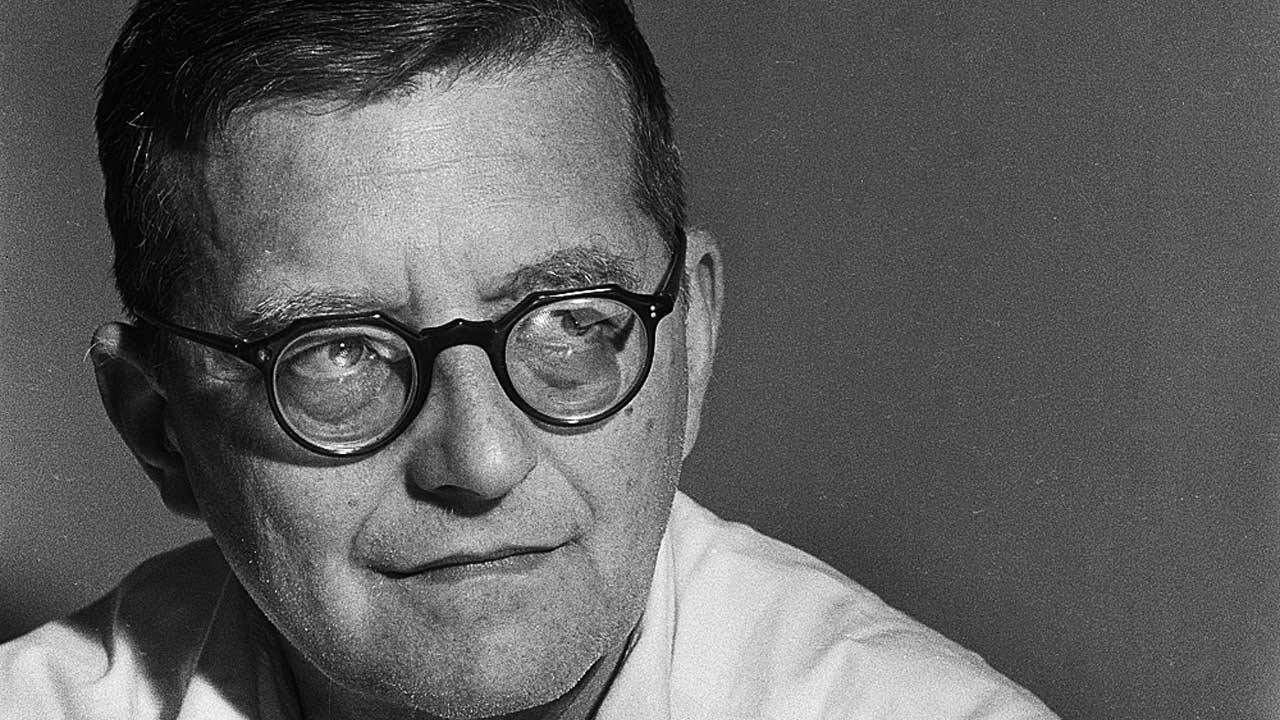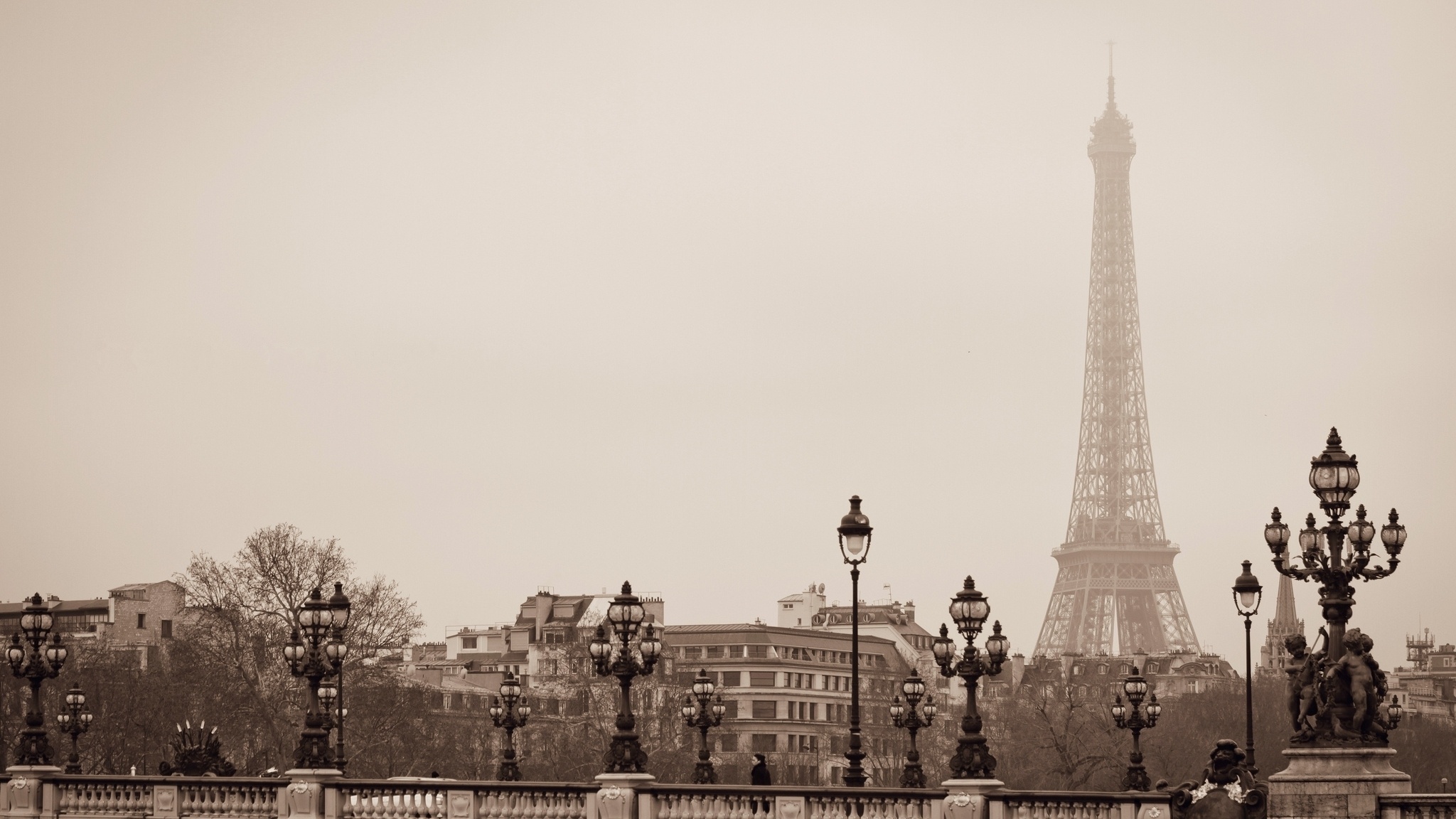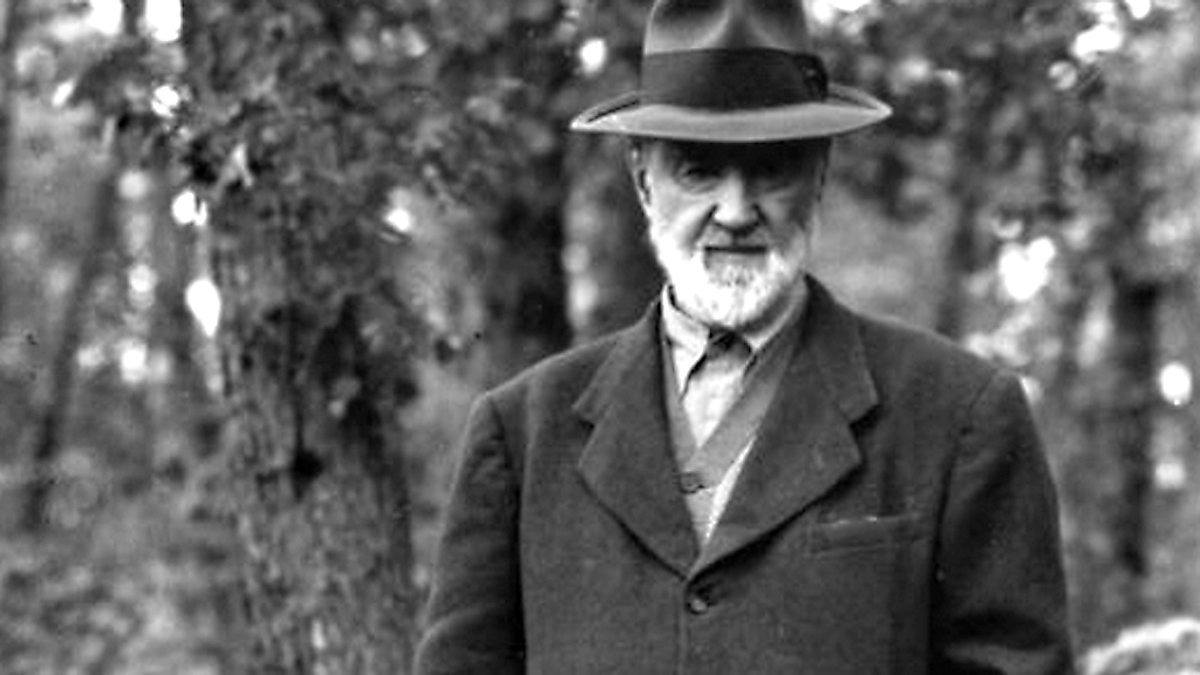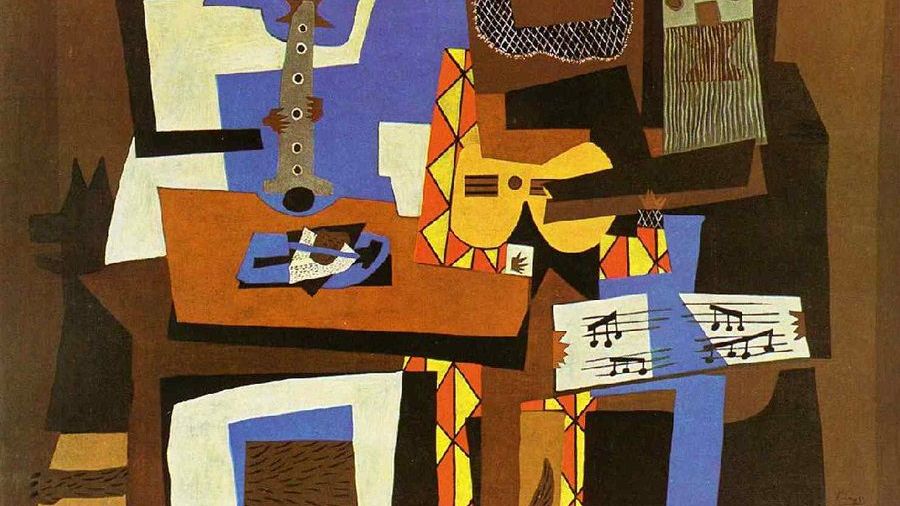Shostakovich’s Fifteenth Symphony: An Unsolvable Enigma?
“What does it mean?” You may find yourself asking this question as you listen to Dmitri Shostakovich’s Symphony No. 15 in A Major. This final Shostakovich Symphony, written in a little over a month during the summer of 1971 as the composer faced declining health, is filled with persistent and unsettling ambiguity. First, there are the strange, inexplicable quotes and fleeting allusions to music of earlier composers, as well as cryptic references to Shostakovich’s previous …







